Transporting a piano requires precision and expertise, qualities essential to the task ahead.
This arduous process demands a combination of strength, delicacy, and strategic planning, ensuring the instrument’s safety.
Our guide elucidates the critical steps for moving a piano, offering professional insights that fortify success in this nuanced endeavor.
Preparation: The Key to Success
An intensive assessment of the instrument’s condition and the transport pathway is indispensable. This initial stage scrutinizes potential challenges, informing the necessary precautions. In preparation, assemble a proficient team and procure tools such as padding, straps, and a piano dolly. This ensures a coordinated effort capable of maneuvering the considerable heft of the piano. Confirm all transit details, including the piano’s destination and route nuances. Precision here mitigates risks typically associated with moving such sensitive cargo.
Assembling the Right Tools
The right tools are the conduit to a safe and efficient piano move—skimping on these can precipitate disastrous consequences.
Pianos can weigh upwards of 1,000 pounds, making robust equipment not just an option, but an absolute necessity.
To facilitate a move, heavy-duty straps, a piano board, a furniture dolly, and padding materials are paramount. Not only do they secure the piano, but they also protect it from external damage, whilst ensuring mover safety.
Selecting the appropriate tools is tantamount to the art of piano transportation—like choosing the right keys to compose a symphony. Equipping yourself with furniture pads, shrink wrap, and locking straps will help safeguard the integrity of the instrument during transit.
Protecting the Piano and Environment
Prior to initiating the move, safeguard the piano’s surfaces with blankets and padding. This precaution helps to prevent scratches, dents, or other cosmetic damages during the relocation process.
Moreover, as you prepare the path of transit within the premises, clear and secure any variables that may threaten the safety of your team and the instrument. Hallways should be free of obstructions, and any loose rugs or mats need to be secured or removed. This step ensures a streamlined and unobstructed passage, diminishing the risk of accidents that may jeopardize the move’s success and the well-being of all involved.
Simultaneously, protect floors and thresholds with appropriate materials. Employing plywood or Masonite sheets can distribute weight evenly and prevent damage to flooring when rolling the piano over delicate surfaces. This layer of protection not only preserves the condition of the premises but also adds a level of stability to the piano’s transit.
Lastly, be cognizant of environmental factors that can affect the piano. Ambient temperature and humidity fluctuations can be detrimental, so it’s essential to maintain a controlled environment when possible. Utilizing climate-controlled vehicles and minimizing exposure to adverse conditions can keep the intricate components of the piano stable and avert potential harm induced by environmental stressors.
Arranging a Moving Team
Securing a competent moving team is essential for a successful piano relocation. The delicacy and weight of the instrument necessitate experienced handlers familiar with its unique challenges.
In selecting movers, prioritize those with specialized piano moving expertise. These professionals possess not only the necessary strength and technique but also an understanding of the piano’s structure and fragility. Look for teams with a proven track record, positive reviews, and adequate insurance coverage to ensure your piano is protected throughout the process.
Moreover, the team should be adept at navigating complex scenarios. Whether negotiating tight corners, staircases, or uneven terrain, the crew’s expertise will be pivotal in executing a flawless move, thereby minimizing the risk of damage to both the instrument and the environment.
Above all, effective communication with the moving company is paramount. From initial contact to the final placement of the piano, clear instructions and expectations should be established. A pre-move site evaluation can provide insights into any potential obstacles, allowing for appropriate preparations and allocation of resources to overcome them. Such meticulous planning will underpin a seamless operation, hence safeguarding your investment and enhancing the probability of a successful transition.
Piano Disassembly: A Delicate Process
Disassembling a piano requires an intricate understanding of its internal mechanisms and integrity. It’s imperative to have professionals maneuver this stage, as they carry the expertise and tools necessary to detach parts like the lyre, pedals, and music rack with precision. This crucial step prevents potential damage that can occur during the transportation phase, where the piano’s sensitive components are at increased risk.
Prior to embarking on disassembly, it’s vital to assess the specific make and model of the piano, as construction can vary significantly. Grand pianos, for instance, necessitate the removal of the legs and pedal lyre before they are safely laid down on their side. Upright pianos may have fewer detachable parts, but still demand a methodical approach to remove any elements that could be compromised in transit. It is during these preparatory measures that the professional’s acumen plays a pivotal role in ensuring no harm comes to the instrument’s intricate workings.
Removing Parts Step by Step
Carefully start with the piano’s lyre, which is the assembly that houses the pedals. Its removal typically involves unscrewing the retaining bolts or screws that secure it to the piano’s body, being mindful to keep the screws in a safe location for reassembly.
To dismantle the music rack, gently slide it out of its slot or remove the screws that hold it in place, ensuring you support its weight as it comes free. This prevents any strain on the remaining structure of the piano or accidental damage.
Next, focus on the legs of the grand piano or the corresponding support structures of an upright. Grand pianos have legs which are essential to remove for safe transport—each leg should be carefully detached using appropriate tools to prevent damage to the threads or wood.
Ensure to brace the main body of the grand piano before you begin to remove the legs. Adequate support is paramount to prevent the body from falling—this can be accomplished with the use of padding and a specialized piano skid board designed for this purpose.
Finally, once all the removable parts are securely off, protect them with padding and label accordingly. This facilitates not only safe transport but also a smooth reassembly process upon reaching the destination.
Securing Components Safely
When dismantling the piano, store all screws and small fittings in labeled bags to avoid confusion during reassembly. This meticulous approach ensures all components remain accounted for, facilitating a seamless reconstruction of the piano structure upon arrival at the destination.
Legs and pedals, once removed, should be wrapped individually in protective padding. This measure guards against scratches or dents that could mar the piano’s aesthetic and functional integrity.
Internal components, if accessible, require careful stabilization. Lock down the harp and any moving parts (using a locking mechanism or secured wrapping) to prevent internal damage from vibrations and jostles during transit.
The keyboard lid must be locked or securely taped down to prevent it from opening in transit. Properly securing this element defends against potential damage to the keys and internal mechanisms, providing an additional layer of safety.
After securing the larger components, attend to the keys by closing the keyboard lid gently and locking it if possible. If a lock is not available, wrapping the lid with stretch film ensures it stays shut, preserving both the keys and the intricate action mechanism beneath from harm.
Finally, before loading the piano onto the transport vehicle, double-check that each part’s safety measures are securely in place. This final diligence is the key to ensuring that your piano arrives in pristine condition, as any loose components could lead to significant damage and potential costly repairs.
Moving Strategy: Navigate with Care
Prior to relocation, map out a meticulous path that ensures a seamless transition from the current location to the transport vehicle. This involves measuring doorways, hallways, and any obstacles that may impede the piano’s journey. Clear the route of any potential hindrances, deploy skid boards or piano dollies as needed, and always maintain a controlled, steady pace to mitigate the risk of unintended jolts or shifts.
Collaboration and communication among the moving crew are paramount when maneuvering the piano through complex spaces. The team should be briefed on the planned route and the roles each member will play. This allows for a synchronized effort, ensuring that every turn and placement is calculated and precise, thus safeguarding the instrument throughout the entirety of the relocation process.
Lifting Techniques to Prevent Injury
Proper lifting techniques are crucial to prevent injury when moving a piano, a task that invariably demands physical exertion.
- Maintain a wide base of support: Position your feet shoulder-width apart.
- Bend at the hips and knees: Avoid bending solely at the waist.
- Straight back: Keep your spine in a natural, straight alignment.
- Utilize leg muscles: Lift with the strength of your legs rather than your back.
- Team lift: Always lift pianos with a team, never attempt solo.
- Lifting straps: Use these tools to distribute the piano’s weight evenly.
- Frequent breaks: To avoid muscle fatigue which can lead to injury.
- Communicate clear commands: Ensure coordinated movements among team members.
Understanding the balance and handling of the piano is essential for a safe lift.
Incorporate these techniques into practice to minimize the risk of accidents and maintain the safety and integrity of both the crew and the precious cargo they handle.
Maneuvering Through Tight Spaces
Maneuvering a piano through tight spaces is a delicate operation that requires strategic planning and careful execution.
- Measure all paths and doorways before commencing the move to ensure the piano will fit through with adequate clearance.
- Remove obstacles and doors to maximize available space and prevent potential damage to the piano or surroundings.
- Wrap the piano adequately using padded moving blankets to protect it from scratches or bumps during the move.
- Use a furniture dolly to transit the piano, ensuring its weight is evenly distributed and that it is securely strapped to the dolly.
- Tilt or angle the piano carefully when navigating sharp corners or tight turns, always keeping a team member guiding and stabilizing the instrument.
Coordination and communication between team members are vital to adjust movements as needed on the fly.
Utilizing the correct tools and techniques can make the difference between a seamless move and a costly mistake.
Transportation: Ensuring a Smooth Journey
Once the piano is prepared and securely fastened on a dolly, the actual transportation requires unyielding attention and precision. Choosing a vehicle with sufficient space and a suspension system capable of handling the piano’s weight is critical. Upon loading, the piano should be placed against a wall and immobilized with straps to prevent any movement. Throughout the transit, drivers must navigate with the utmost caution, especially over bumps or around sharp curves, to maintain the instrument’s stability and avoid internal damage. Regular checks should be performed during stops to ensure the piano remains secure, mitigating any risks of shifts that can lead to irreparable harm.
Loading the Piano Properly
Prior to loading, assess the flatbed truck’s surface for evenness and security. Verify that the platform is free from debris that could compromise the piano’s stability or cause damage during transport.
When positioning the piano on the flatbed, utilize heavy-duty ramps designed for substantial weight. Gently guide the piano by its base, avoiding any lateral stress on the legs or pedals. Allies should supervise from multiple angles, ensuring clear paths and providing directional support. Once on the flatbed, align the piano’s bulk centrally with the truck’s axis, distributing the weight uniformly, a cardinal rule to prevent vehicular imbalance and guarantee safe transit.
Strategically, secure the piano using ratchet straps rated for the piano’s weight. To prevent any friction or pressure points that could cause damage during the journey, use protective padding around the circumference of the instrument. All straps should be tightly fastened, yet with enough give to accommodate natural movement without burdening the piano structure.
Finally, after securing the piano, conduct a meticulous review to confirm that all points of restraint are free from excessive tension, ensuring no single component bears undue stress. Careful planning and attention to detail at this stage are paramount, as they mitigate the risk of shifts and vibrations that could spell disaster during the drive. Actively document the condition of the piano and the security measures taken; these records are indispensable for reference and accountability.
Piano Position and Transit Precautions
Pianos require a careful estimation of positioning within the cargo space, ensuring they travel in a stable, upright stance that minimizes risk of movement or tipping.
Positioning must account for weight distribution and accessibility for unloading at the destination.
Additionally, vertical pianos often fare better when placed against the truck’s wall, secured with padding (to prevent vibration and abrasions) and locking mechanisms.
Grand pianos demand an extra step—removal and secure storage of legs, pedals, and the lyre to prevent potential damage amidst transit dynamics.
When transit involves traversing uneven terrain, robust anchoring points become crucial, requiring an adjusted strategy to counteract against unpredictable shifts that endanger the piano’s integrity and safety.
Moreover, routine stops for cargo checks are a must to ensure that transit vibrations haven’t compromised the piano’s security setup or caused unforeseen shifts in position.
How Cube Moving and Storage can Help moving your piano
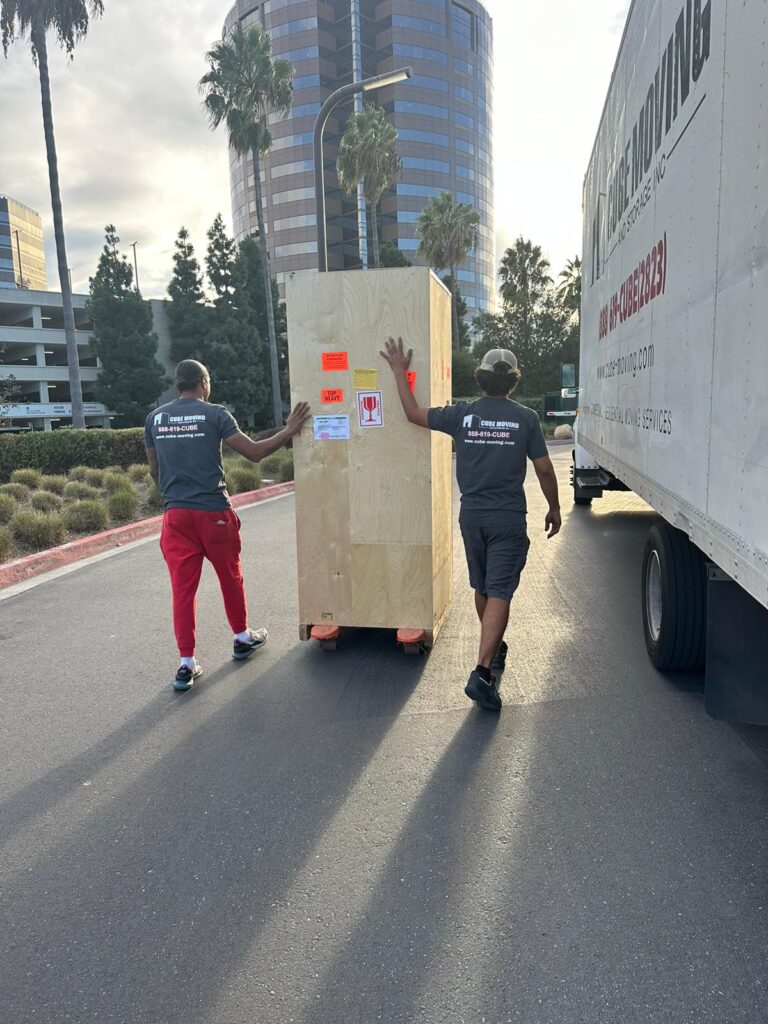
When entrusting your piano to Cube Moving and Storage, you are selecting a partner with unparalleled expertise in the complexities of piano relocation. Our team meticulously engineers the entire moving process, starting from the moment your piano is lifted, to its secure installment at the target destination. We employ specialized equipment to ensure its integrity, leveraging custom dollies and padding, alongside a fleet of rigorously maintained vehicles designed to handle oversize and delicate cargo. Our professional movers are adept at navigating narrow passages and staircases, a frequent challenge in piano transport. With Cube Moving and Storage, your piano is not merely carried but cocooned in a web of tailored support, ensuring its arrival in the pristine condition you expect.
Professional Piano Movers in San Diego
Engaging professional piano movers in San Diego offers peace of mind that comes from specialized handling and regional expertise. These experts understand the local infrastructure, traffic patterns, and climatic nuances critical to a piano’s safe transit within the region.
Such knowledge is pivotal when executing the intricate dance of transport logistics involving a delicate instrument like a piano. With seasoned precision, these professionals navigate through San Diego’s unique topography. From coastal breezes to inland elevations, every environmental variable is accounted for, ensuring the piano’s condition remains unaltered from origin to destination.
Moreover, these specialists come equipped with an arsenal of tools tailored specifically to piano moving. Ensuring that the instrument’s structural integrity and delicate internal mechanics are protected during loading, transportation, and unloading. The weight distribution and protective measures taken are second to none, reflecting the level of care and technical knowledge inherent in professional piano transport services.
Lastly, employing a reputable San Diego piano moving firm signifies entrusting your instrument to a company that prioritizes customer satisfaction and industry standards. This means that the moving treatments received are in line with the stringent guidelines conducive to high-end musical instruments. Should any concerns or special requirements arise, the professionalism and responsiveness offered by these expert movers ensure solutions that align with the client’s expectations and the piano’s safety.
Moving an Upright Piano: A Step-by-Step Guide
Moving a piano can be a daunting task, especially when it comes to an upright piano. These instruments are not only heavy but also delicate, requiring careful handling to prevent any damage. In this step-by-step guide, we will walk you through the process of moving an upright piano safely and efficiently.
- Prepare the necessary equipment Before you start moving the piano, gather all the necessary equipment. This includes furniture straps, moving blankets, a dolly, and a flatbed truck. Make sure the truck is large enough to accommodate the piano securely.
- Secure the piano lid Close and secure the lid of the piano to protect the keys and internal components during the move. Use furniture straps to keep the lid in place and prevent it from opening.
- Protect the piano Cover the entire piano with moving blankets to provide an extra layer of protection against scratches and dents. Secure the blankets with tape or straps to keep them in place.
- Clear the path Ensure that the path from the piano’s current location to the truck is clear of any obstacles. Remove any furniture, rugs, or other items that may hinder the movement of the piano.
- Lift the piano onto the dolly With the help of at least two strong individuals, carefully lift the piano onto the dolly. Position the dolly securely under the piano, making sure it is centered and balanced.
- Secure the piano to the dolly Use furniture straps to secure the piano to the dolly. This will prevent the piano from shifting or falling off during transportation.
- Move the piano to the truck Slowly and steadily, push the dolly with the piano towards the truck. Take extra caution when navigating stairs or uneven surfaces. Use ramps if necessary to ensure a smooth transition.
- Load the piano onto the truck Position the dolly at the back of the truck and carefully lift the piano onto the truck bed. Make sure the piano is placed securely and does not wobble or move during transportation.
- Secure the piano in the truck Use furniture straps or ropes to secure the piano to the truck. This will prevent any movement or shifting during transit.
- Drive carefully When transporting the piano, drive carefully and avoid sudden stops or sharp turns. Take into consideration the weight and delicacy of the piano to ensure a smooth and safe journey.
By following these step-by-step instructions, you can successfully move an upright piano without any hassle. Remember to take your time, use proper equipment, and prioritize the safety of the piano throughout the entire process. Happy moving!
Keywords: how to move a piano, upright piano, moving an upright piano, step-by-step guide to moving an upright piano
Moving a Grand Piano: A Step-by-Step Guide
Moving a grand piano requires careful planning and execution to ensure its safety and integrity during the relocation process. In this step-by-step guide, we will walk you through the necessary steps to move a grand piano successfully.
- Prepare the necessary equipment Before you begin moving the grand piano, gather all the essential equipment. This includes furniture straps, moving blankets, a dolly, and a flatbed truck. Ensure that the truck is large enough to accommodate the grand piano securely.
- Secure the piano lid Close and secure the lid of the grand piano to protect the keys and internal components during the move. Use furniture straps to keep the lid securely in place and prevent it from opening.
- Protect the piano Cover the entire grand piano with moving blankets to provide an extra layer of protection against scratches and dents. Secure the blankets with tape or straps to keep them in place and prevent any damage during transportation.
- Clear the path Ensure that the path from the grand piano’s current location to the truck is clear of any obstacles. Remove any furniture, rugs, or other items that may hinder the movement of the piano.
- Lift the piano onto the dolly With the assistance of at least four strong individuals, carefully lift the grand piano onto the dolly. Position the dolly securely under the piano, ensuring it is centered and balanced.
- Secure the piano to the dolly Use furniture straps to secure the grand piano to the dolly. This will prevent the piano from shifting or falling off during transportation.
- Move the piano to the truck Slowly and steadily, push the dolly with the grand piano towards the truck. Exercise extra caution when navigating stairs or uneven surfaces. If necessary, use ramps to ensure a smooth transition.
- Load the piano onto the truck Position the dolly at the back of the truck and carefully lift the grand piano onto the truck bed. Ensure that the piano is placed securely and does not wobble or move during transportation.
- Secure the piano in the truck Use furniture straps or ropes to secure the grand piano to the truck. This will prevent any movement or shifting during transit.
- Drive carefully When transporting the grand piano, drive with utmost care, avoiding sudden stops or sharp turns. Take into consideration the weight and delicacy of the piano to ensure a smooth and safe journey.
By following these step-by-step instructions, you can successfully move a grand piano without any hassle. Remember to take your time, use proper equipment, and prioritize the safety of the piano throughout the entire process. Happy moving!
Keywords: how to move a piano, grand piano, moving a grand piano, step-by-step guide to moving a grand piano
Hire Cube Moving and Storage for any moving needs
Expertise is just a call away.
When it comes to relocating your prized possessions, including instruments like pianos, Cube Moving and Storage stands as the quintessential choice. Utilizing state-of-the-art equipment and employing refined moving techniques, our team guarantees secure transport while mitigating risk to your valuable assets. Furthermore, our commitment to precise coordination ensures seamless transitions – from the initial assessment of your relocation to the meticulous placement at your destination.
Expect professionalism with a personal touch.
Convenience meets reliability with Cube Moving and Storage – where we customize moving solutions to fit your unique needs. Whether it’s a residential move, a complex corporate relocation, or the specialized task of piano transport, our comprehensive services provide peace of mind. We’re adept at navigating the complexities of logistics, ensuring your move’s success.
Your possessions are in the safest of hands.
With Cube Moving and Storage, experience the epitome of moving excellence. Our adherence to the highest industry standards and incorporation of cutting-edge techniques solidify our position as leaders in the moving sector since 2023. Rest assured that your belongings, especially highly-sensitive items like pianos, receive unmatched care and protection, making your moving journey stress-free and secure.

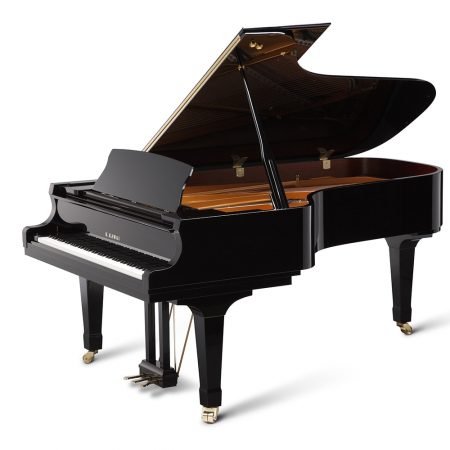
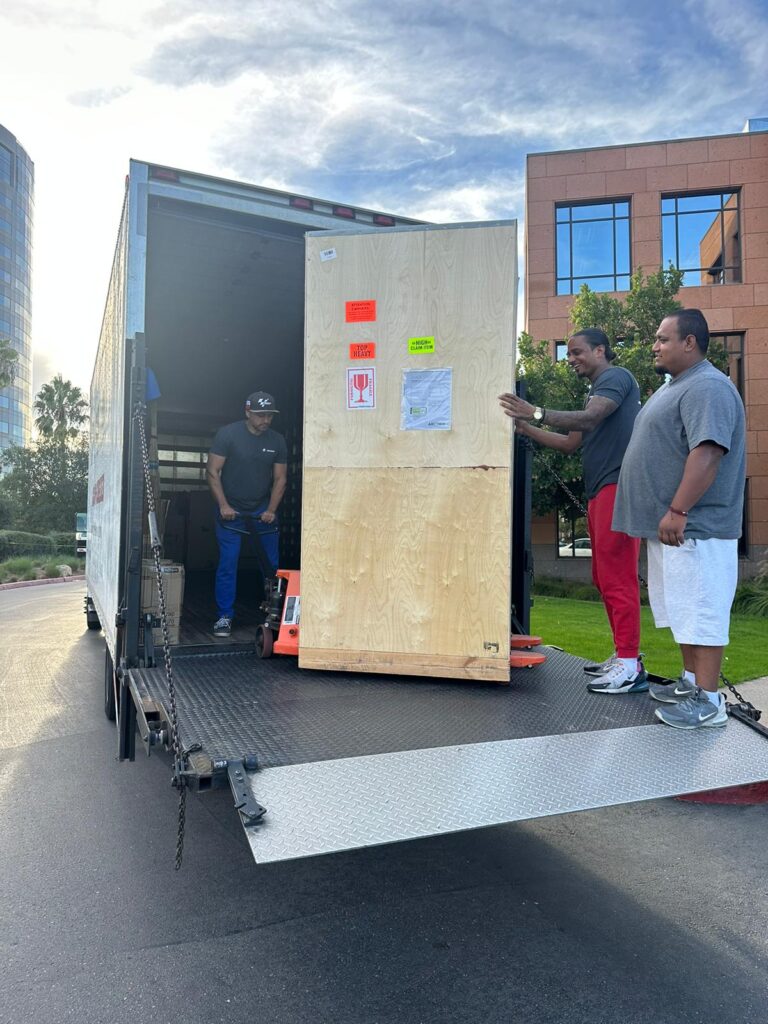
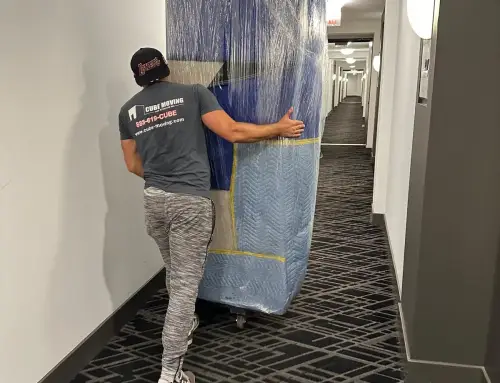
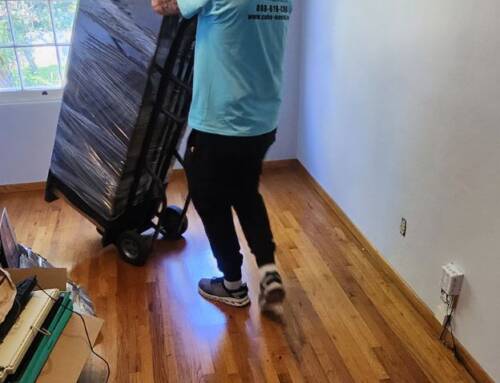

[…] packing early, use the right materials, and consider professional help for complex items like pianos. By following these tips, you can move with […]